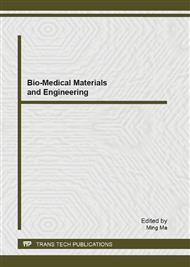p.3
p.13
p.18
p.23
p.27
p.31
p.38
p.44
The Research of Forgeability for Warm Temperatures Using Simulation
Abstract:
At nowadays the interest of forging shops is focused on technology of accurate die warm forging. It is possible to reach higher exploitation of material, higher surface quality and higher accuracy of forgings in comparison to standard forging. The advance of warm forging relates to research of ductility and plasticity of forged material in warm temperature range. This paper provides the results of the research of 16MnCr5 steel forgeability in the interval of temperatures of warm forging. Steel alloy 16MnCr5 is proper for case hardening and for the production of precision die forging. In this paper the description of methodology for the proper interval setting of temperatures of warm forging for the given type of steel can be found. Practical test and a numerical simulation has proven the propriety of the examined steel for forging in the temperature interval 600, 650, 700 and 750 °C. For the steel forgeability verification in the recommended interval of warm forging temperatures, the technological test of upsetting according to Zidek was used.
Info:
Periodical:
Pages:
18-22
Citation:
Online since:
August 2013
Authors:
Keywords:
Price:
Сopyright:
© 2013 Trans Tech Publications Ltd. All Rights Reserved
Share:
Citation:


